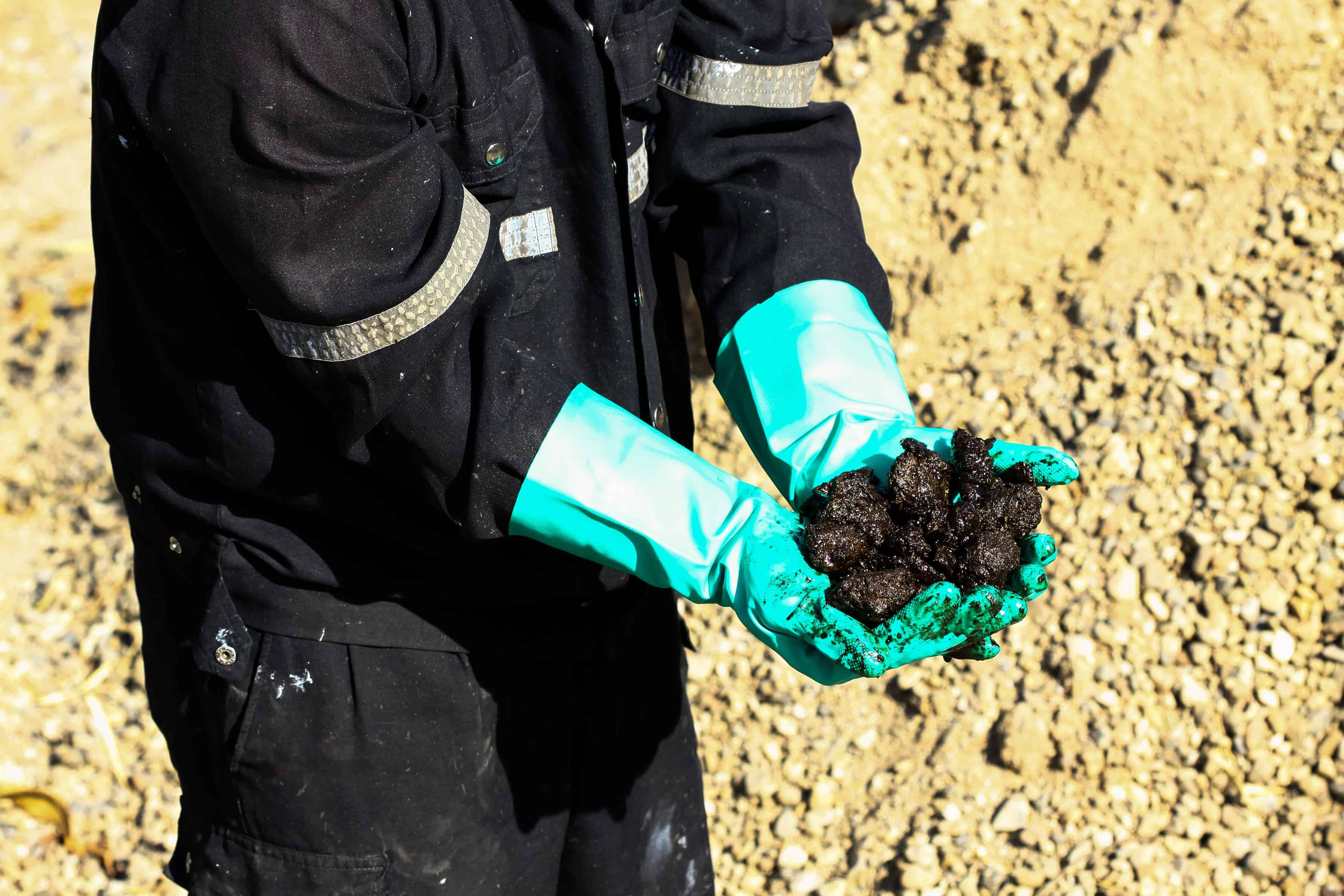Canada’s oil sands are under significant pressure in spite of oil’s latest rally, which sees the North American benchmark West Texas Intermediate (WTI) up by over 17% for the year to date. This is because of the widening spread between the price of the Canadian heavy oil benchmark Western Canadian Select (WCS) and WTI.
In recent months, the prices of the two benchmarks have diverged sharply to see WCS trading at a discount to WTI of over US$44 a barrel. While this appears destined to continue, it shouldn’t deter investors from bolstering their exposure to quality Canadian oil sands stocks. One which stands out as possessing considerable potential is Pengrowth Energy (TSX:PGF)(NYSE:PGH).
Now what?
It was just over two years ago when the oil slump hit is bleakest moment that Pengrowth’s fate appeared to be an appointment with the corporate undertaker. A bloated balance sheet, high operating costs, dwindling profitability, and a dismal outlook for crude all contributed to make the company’s ongoing operational viability virtually untenable. Then in a remarkable effort management were able to turn the company around.
In 2017 alone, debt was slashed by a whopping $1.1 billion to see Pengrowth end the second quarter 2018 with $702 million in debt and $151 million undrawn on an existing credit facility. Of the remaining $523 million of term debt, the majority totalling $341 million doesn’t fall due until 2022 or after, giving Pengrowth plenty of time to benefit from significantly higher oil and build up its cash reserves.
More importantly, because Pengrowth divested itself of its non-core assets to pay down its debt to manageable levels, the company was able to rein in operating costs. Those reductions were also assisted by the implementation of greater operating efficiencies. For the second quarter 2018, operating expenses were a low $10.36 per barrel produced, which were 32% less than the equivalent period in 2017. This was lower than the $10.50-11.50 forecast in Pengrowth’s annual 2018 guidance, indicating that full-year costs could be lower than initially expected.
The marked reduction in operating expenses in combination with higher oil was the reason for the healthy improvement in Pengrowth’s second-quarter operating netback before the impact of commodity hedges of $25.82 per barrel produced. This netback, which is a key measure of operational profitability, was almost double the $13.23 reported a year earlier, highlighting Pengrowth’s growing profitability.
While these are all positive attributes and emphasize the success of the substantial turnaround made by the company, it is Pengrowth’s flagship Lindbergh oil sands asset that makes it standout. The Lindbergh thermal property is located at Cold Lake on the Lloydminster heavy oil fairway. It is a long-life, low-cost asset holding oil reserves of 327 million barrels, giving it a production life of 26 years.
Lindbergh is on track to achieve 2018 exit production of 18,000 barrels daily, which is significantly greater than its nameplate capacity of 12,500 barrels daily. This — along with sharply lower operating costs and firmer crude — bodes well for Pengrowth to grow earnings at a solid clip over the remainder of 2018 and into 2019.
In fact, the commodity hedges covering 10,000 barrels of Pengrowth’s oil production unwind at the end of December 2018. From then on, Pengrowth’s oil output will be unhedged, thereby removing the impact of the costs associated with those risk-management contracts that were responsible for its second-quarter loss of $27.5 million.
For that period, Pengrowth incurred a $20.2 million loss on those commodity hedges because the price of WTI substantially exceeded the fixed WTI price on those contracts. The hedges were established because — like many industry insiders and analysts — Pengrowth’s management expected the slump in oil to continue and therefore were seeking to mitigate its financial impact on the company.
So what?
Pengrowth’s stock is poised to soar, as its profitability expands at a solid clip because of lower operating expenses, higher oil, growing production, and the expiry of its commodity hedges. Once that occurs, it is likely that its market value could double, making now an opportune time for risk-tolerant investors willing to bet that higher oil will remain in place throughout 2019 to bolster their exposure to Pengrowth.







